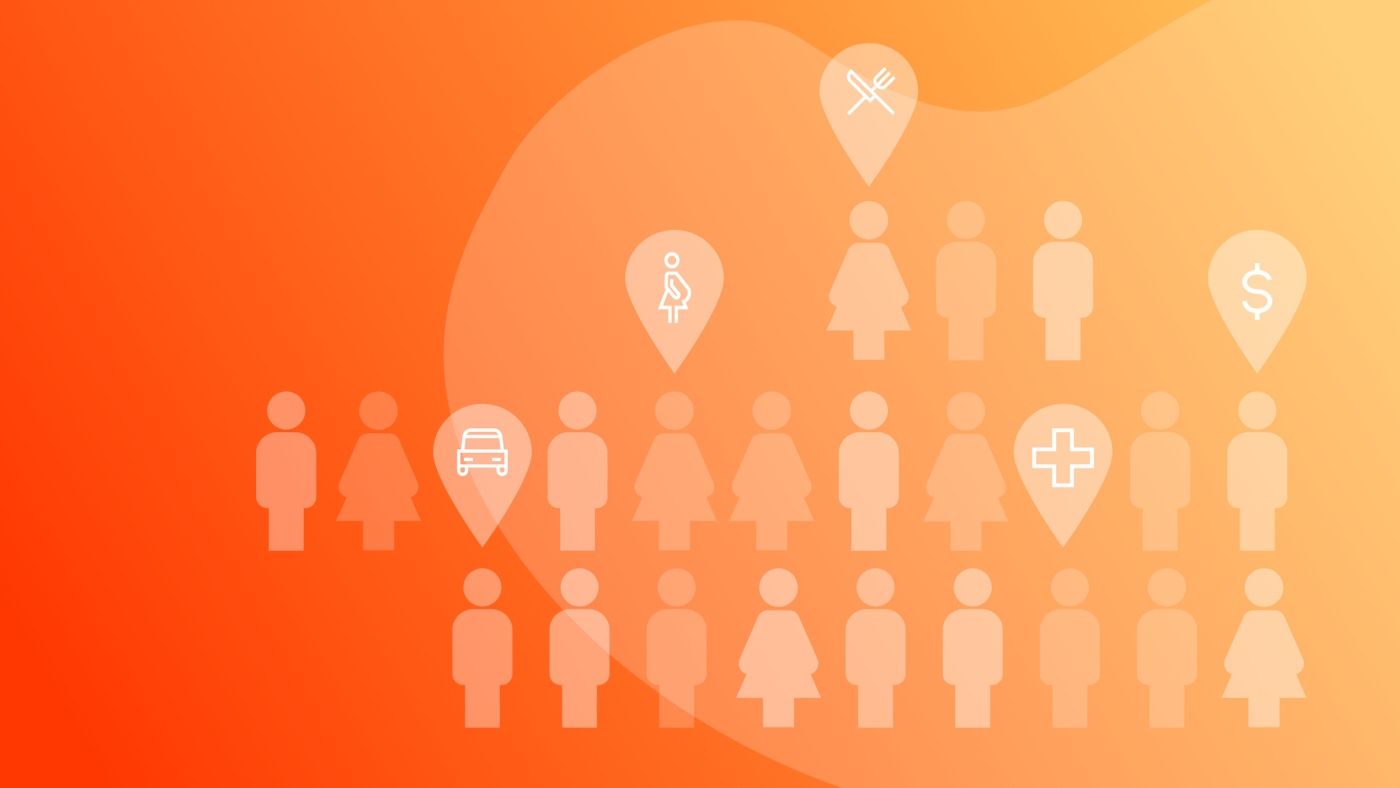The COVID-19 pandemic has monumentally impacted many areas of life, including employers’ overall workforce strategy.
In a special webcast by The Conference Board, Tammy Fennessy, director of benefits at American Eagle Outfitters (AEO), and Erik Sossa, president of E. A. Sossa Consulting, discussed several key workforce strategy trends. Here are the top four:
1. Health and Wellbeing: From a Priority to Top Priority
In a recent survey, 81% of employers listed physical and emotional wellbeing as their top area of focus for 2021. However, Sossa says many large employers didn’t really need to add a ton of new programs to their benefits design because they already had them. “A lot of the things that became really critical during COVID—like EAPs, emotional wellness, financial wellness—are things that many benefits leaders had already been trying to develop,” Sossa says. There were, of course, some things that needed to be added or expanded upon, but a lot of large employers already had the core components in place.
Rather, the main challenge was making sure all employees were aware of the vast array of programs and services available to them, a task that was particularly difficult at the onset of the pandemic, when employers needed to communicate quickly, frequently, and widely.
2. Health Navigation: From Complex to Seamless
As benefits programs become richer, they also become increasingly complex to navigate. In fact, only 24% of employees fully understand their benefits. HR leaders are recognizing the increasing need to provide a single, integrated, personalized benefits hub with data-driven intelligence to elevate the right care and programs to the right people. And to truly engage employees in using their benefits, effective navigation must meet employees where they are, through their preferred modality.
“Being able to individualize everything, and having not only digital navigational support, but also providing high-touch support through Care Guides—the experience of being able to pick up the phone and talk to somebody live—is critical,” Fennessy emphasized.
3. Mental Health: From HR Focus to a C-Suite Conversation
Pre-pandemic, mental health was already quite a hot topic among HR professionals. COVID-19 only accelerated this trend. An analysis of millions of medical claims across Castlight’s book of business showed an increase of up to 20% in the utilization of behavioral health services for a variety of conditions, such as depression, anxiety, and PTSD.
However, this rise wasn’t large enough to compensate for the substantial upsurge in the prevalence of mental health issues. From pre-pandemic to January 2021, prevalence grew by almost 300%. Therefore, despite the increase in utilization, many people aren’t receiving the behavioral health care they need. And as employees continue to grapple with the pandemic’s aftermath—and assimilating back into society—mental health will continue to be an issue.
4. Health Equity: From Important to Integral
Historically, social determinants of health (SDoH) have been associated with Medicaid and uninsured populations. However, a Castlight analysis of almost six million eligible lives shows that a substantial portion of the commercially-insured population is vulnerable to SDoH barriers to care as well. Approximately 15% live in areas with poor access to healthy food and 27% live in an area where the median income is at or below the Federal Poverty Level. Members in these areas are far more likely to have higher rates of chronic conditions, miss preventive care services, rely on the ER for care, and more. In a recent survey, 83% of employers indicated that SDoH will be an integral part of their strategy within the next three years. “We need to lean into the population making under $35,000 a year,” Fennessy says, “and evaluate all of our policies to determine what is equitable and what is not.”
As you examine your workforce strategy in the face of change, read more tips from Fennessy and Sossa on how to develop a successful approach that keeps employees engaged in their health long term.



